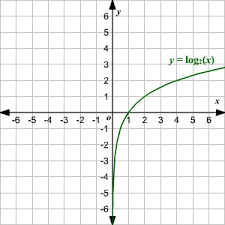A9 maps onto M1 intensities pretty closely, except that M1 has lower intensities than A9 has in order to accommodate the most sensitive people. Roughly:
M1 below Intensity 5 is very low, no equivalent on A9
M1 6 and 7 is approximately A9 “L”
M1 8 and 9 is approximately A9 “M”
M1 11 and 12 is approximately A9 “H”
M1 13, 14, 15 is approximately A9 “X”
A single channel on the C5 (or B5) is identical to an M1.
A C5 (or B5) is essentially just 4 channels of identical circuits to an M1.
Difference from 1 to 2 is basically linear, but beyond that it is very complex to explain. Just think of it as setting a toaster or hot water or any other appliance: “low” means “low”, “high” means “high”, etc. If your toast is too dark, turn the toaster down a bit, if not done enough turn it up a bit. It would not be helpful for you to know the exact temperature and timing of each toaster setting. You just need to observe and see whether or not, for your brand and type of bread, to your taste, for the type of sandwich you want to make, if the setting is right for you or not. If not; adjust accordingly and observe again.
I can assure you, not a single competing PEMF product has even an approximate understanding of their intensity levels. I have very carefully quantified the intensity levels and waveforms of all ICES-PEMF products, but explaining the fine differences is:
1- not necessary or helpful.
2- very technically complex, and once again, absolutely not necessary for the end consumer to know.
“How much shorter would I keep it on…”
That is a question combining two very complex issues: (1) dosage level, and (2) biological response. I actually think I am the only scientist who has ever tried to measure and quantify these. You can read about it in my recent lengthy scientific paper here:
https://www.josam.org/josam/article/view/58
The question you have asked is an extremely complex technical/biological issue that, basically every PEMF device manufacturer either ignores totally or, well, they just make stuff up and try to say it with confidence to get you to buy something.
The only way to really know what you need to do to make a change is:
1- Pay attention, take note of how it is working now.
2- Make the change. Be sure to keep track of the details of the change you are making.
3- Pay attention, make observations, include as much detail as you can, and keep a record.
Keep in mind: there is no way to actually say what the answer is because everyone responds differently, and even in the same person, different injuries respond differently. Therefore, there is no simple relationship between a single dose parameter and a specific biological response.

